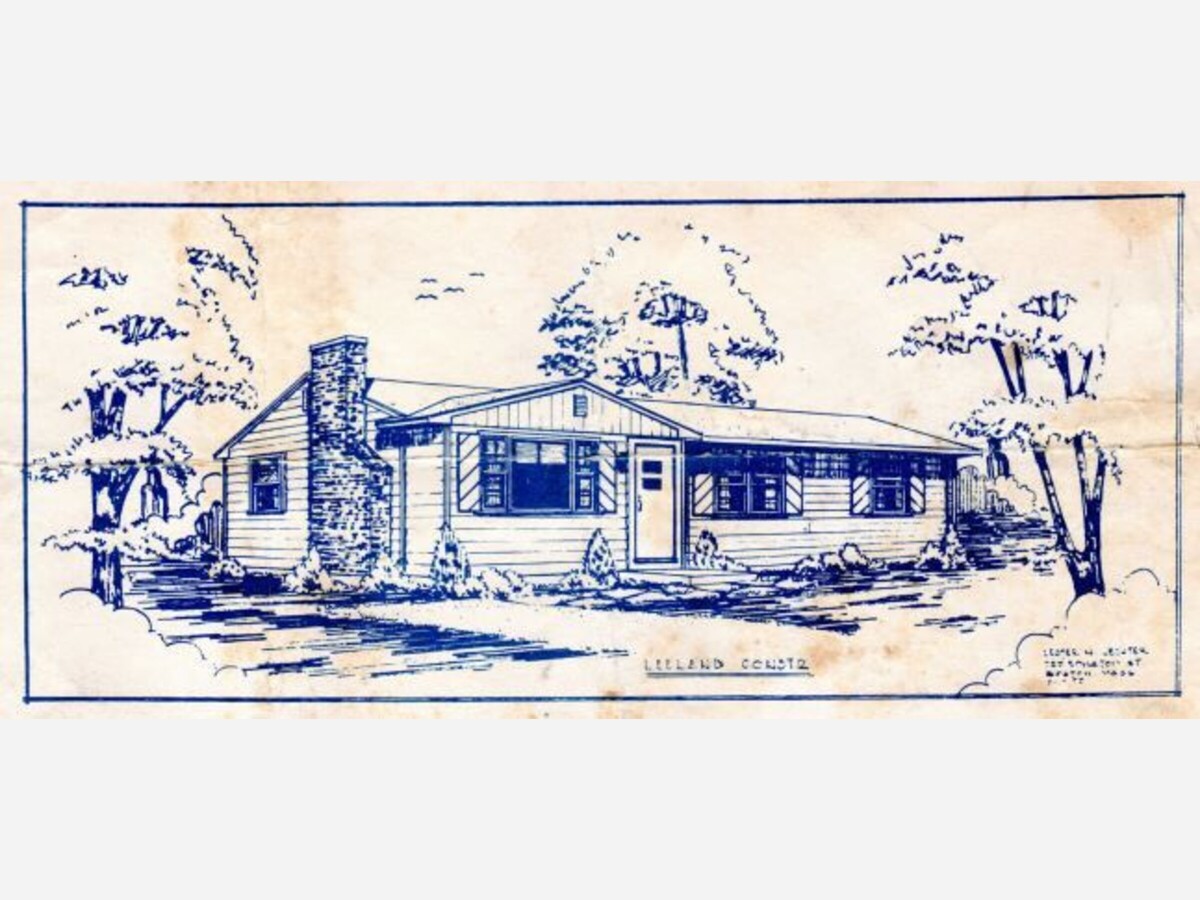Image


Back in July, Gov. Maura Healey and lawmakers celebrated what they called "historic" housing legislation getting signed into law. Some of the advocates credited with influencing the bill called it "underwhelming" and watered down, with a number of policies targeted at helping the state's poorest residents left on the cutting room floor.
For example, Carolyn Chou of Homes for All Massachusetts, said, "Even though there's some significant investments in the bond bill, particularly for affordable housing and public housing, it doesn't meet the urgency of the moment. We were disappointed that policies to actually protect working class people in our state were not included in the bond bill.”
The bill authorized $5.16 billion in bonding -- though not all of that borrowing capacity will actually get used -- and implements 49 new housing policies. Lawmakers left five policy proposals from Healey out of their compromise bill, and a number of House and Senate priorities were cut from the final law.
"Lots of minor stuff is not in there," Sen. William Brownsberger, one of the lead negotiators, told reporters when he filed the House-Senate compromise language.
Housing Secretary Ed Augustus told reporters at the time that, with the additions lawmakers made to the bill, his office estimates the legislation will lead to the creation of over 45,000 new units and the preservation of 27,000 -- more than originally estimated from Healey's proposal. Massachusetts is expected to have a 220,000-plus housing unit shortage by 2030.
That’s the general outline of most of the news coverage of the bill to date. Until Monday, when Contrarian Boston, probably the most thorough source of news and analysis in the entire state, reported a surprising provision in the bill, not mentioned in the Governor’s press release and apparently barely noticed by anyone since. The bill revives a more compact style of single family zoning that dominated the region in the years after World War II and helped create tens of thousands of housing units.
Reporter-editor Scott Voorhis said that the bill, which got some quiet lobbying from builder groups, includes a provision that will let homeowners “with relatively modest adjacent lots” to either build on them or sell them to developers.
Again, according to Voorhis, the minimum lot size will be one-quarter acre and the new home must have at least three bedrooms and be no larger than 1,850 square feet.
An industry source told him there could easily be 17,000 such potentially buildable lots across the state, many in towns like Franklin and Medway that raised their minimum lot size substantially after their initial burst of suburban development.
Franklin Town Administrator Jamie Hellen had not heard of the provision, but said, “it sounds pretty interesting and maybe something that might work! “